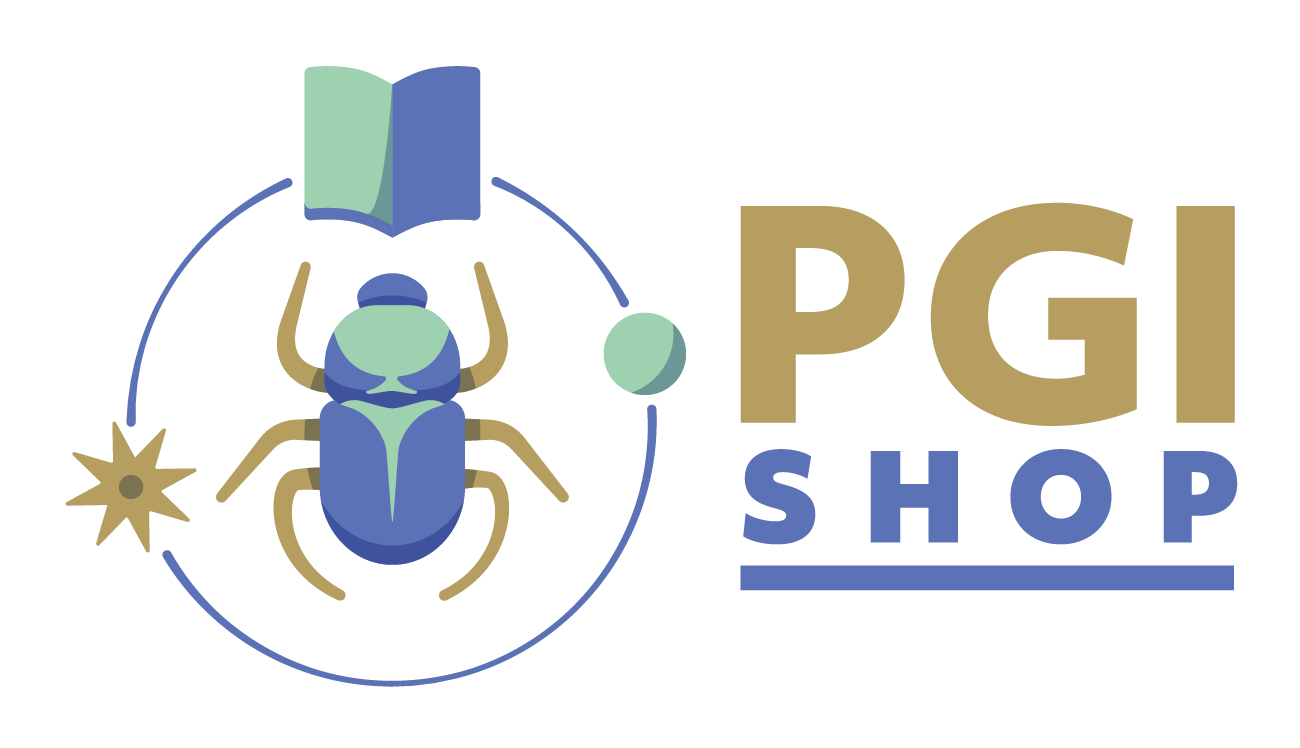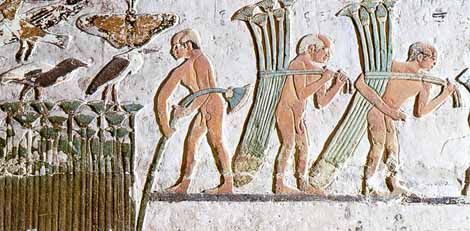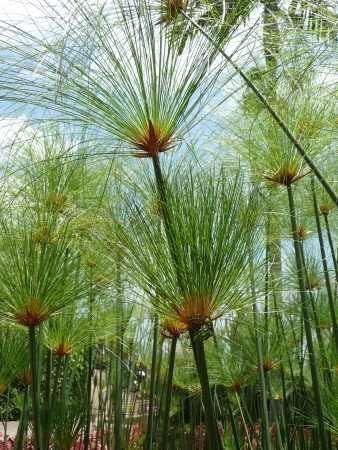Papyrus Bookmarks - Geese by Medum
unpainted bookmark 5 cm x 19 cm
Bookmarks are a very inexpensive introduction to papyrus painting.
Very suitable for lessons, project work or as a gift.
Egyptian painting reached its first peak with the famous "Geese of Meidum". A frieze of six geese formed part of the bird-hunting scene in the tomb of Princess Itet at Medum. The motif was painted on gesso, a colour-prepared painting ground of alabaster plaster. The choice of colours and the delicacy of the lines make this painting a masterpiece.
Tip:
12 double fibre pencils - article no. 2701
Protective cover with decorative ribbon - article no. 2172
PGI bookmark
made of hand laid papyrus, manufactured in Egypt
silkscreen motif, cut edge
can be coloured with pens and watercolours
| Aspiration scale: | Easy |
|---|---|
| Time Line: | 0,5 Hour |
Geese of Medum
Egyptian painting reached its first peak with the famous "Geese of Meidum". A frieze of six geese formed part of the bird-hunting scene in the tomb of Princess Itet at Medum. The motif was painted on gesso, a colour-prepared painting ground made of alabaster plaster. The choice of colours and the delicacy of the lines make the painting a masterpiece.
Nefermaat and Itet were married and had fifteen children together. Nefermaat is best known from his large mastaba in Meidum, where he was buried with his wife Itet. Nefermaat also held the title of "overseer of all royal construction work" and was thus probably also the master builder of the Meidum pyramid.
The two cult rooms of the mastaba have gained special fame through the technique of their decoration. Most of the inscriptions and depictions were cut into the stone and then filled in with a colour paste. Nefermaat himself comments on this technique in his tomb: "He made his mastaba in this indestructible script".
Part of the cult room of the Itet has been painted, and it is from here that the famous "Geese of Meidum" originate. This is a 162 cm long and 24 cm high fragment of painted stucco, which is now in the Egyptian Museum in Cairo. It shows six geese arranged in two groups looking away from each other. The two outer birds are bean geese, the pair on the left shows white-fronted geese and the one on the right red-breasted geese.
What is special about this painting is not only its extremely detailed rendering of the birds, but also its uniqueness in all of ancient Egypt. While depictions of white-fronted geese are found in several other places, depictions of bean and red-breasted geese are known only from this tomb.
Like her sister Isis, she was considered a goddess of the dead. She helped Isis to find the dismembered body of Osiris as well as to embalm it. Both mourned over the dead in the form of kites. She accompanied the dead into the afterlife and mourned them.
Nephtys is also considered the goddess of magic and divination. Together with Isis, Neith and Selket, she is one of the four tutelary goddesses of the sons of Horus and canopic protector. She protects the canopic of Hapi, in which the lungs of the deceased are kept.



